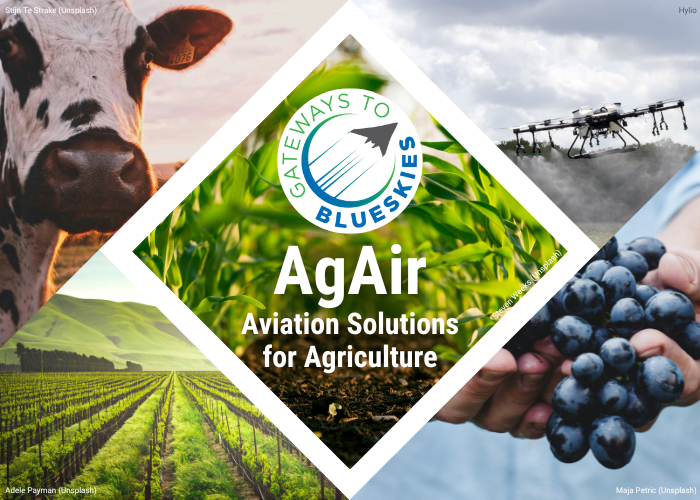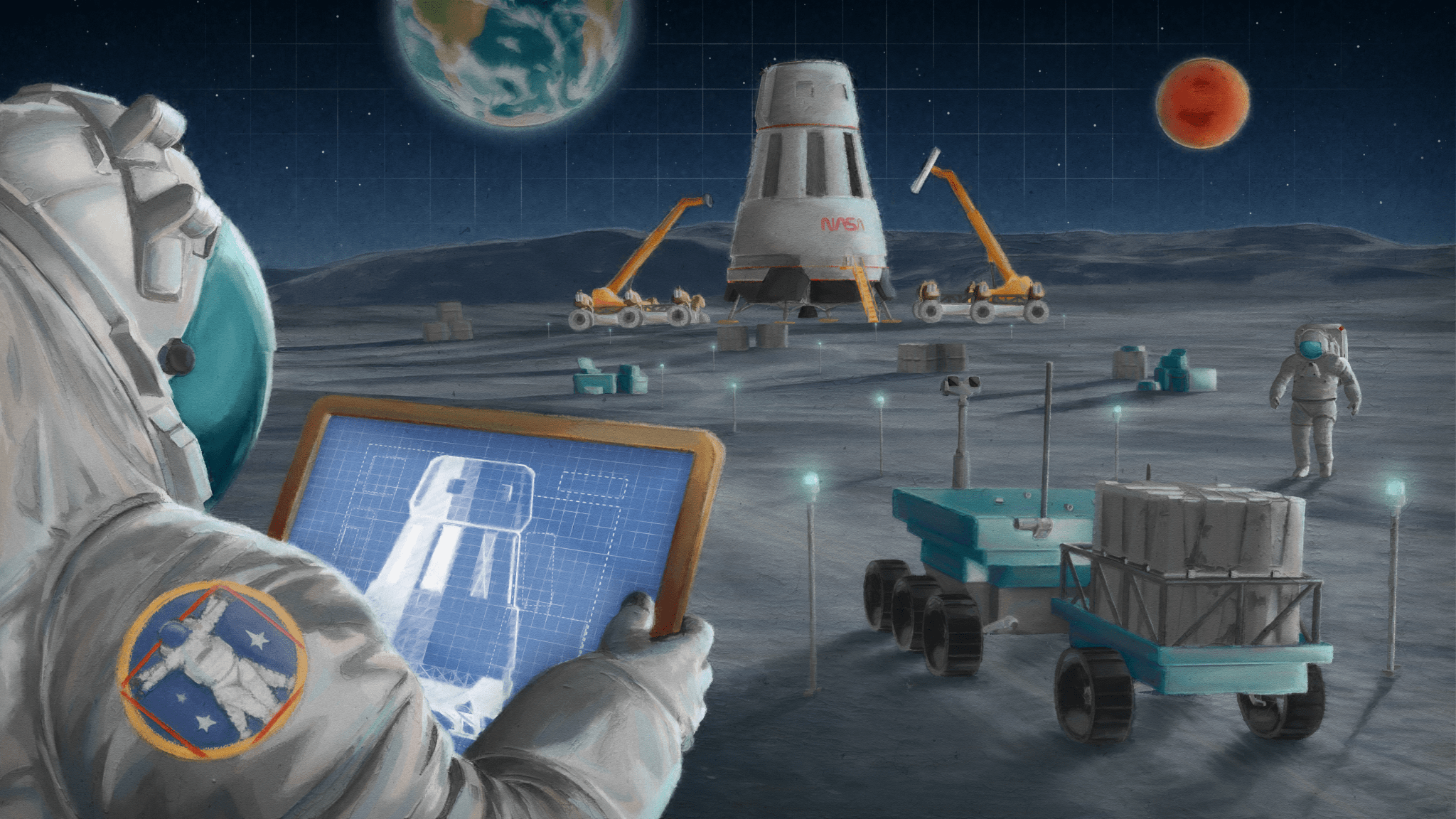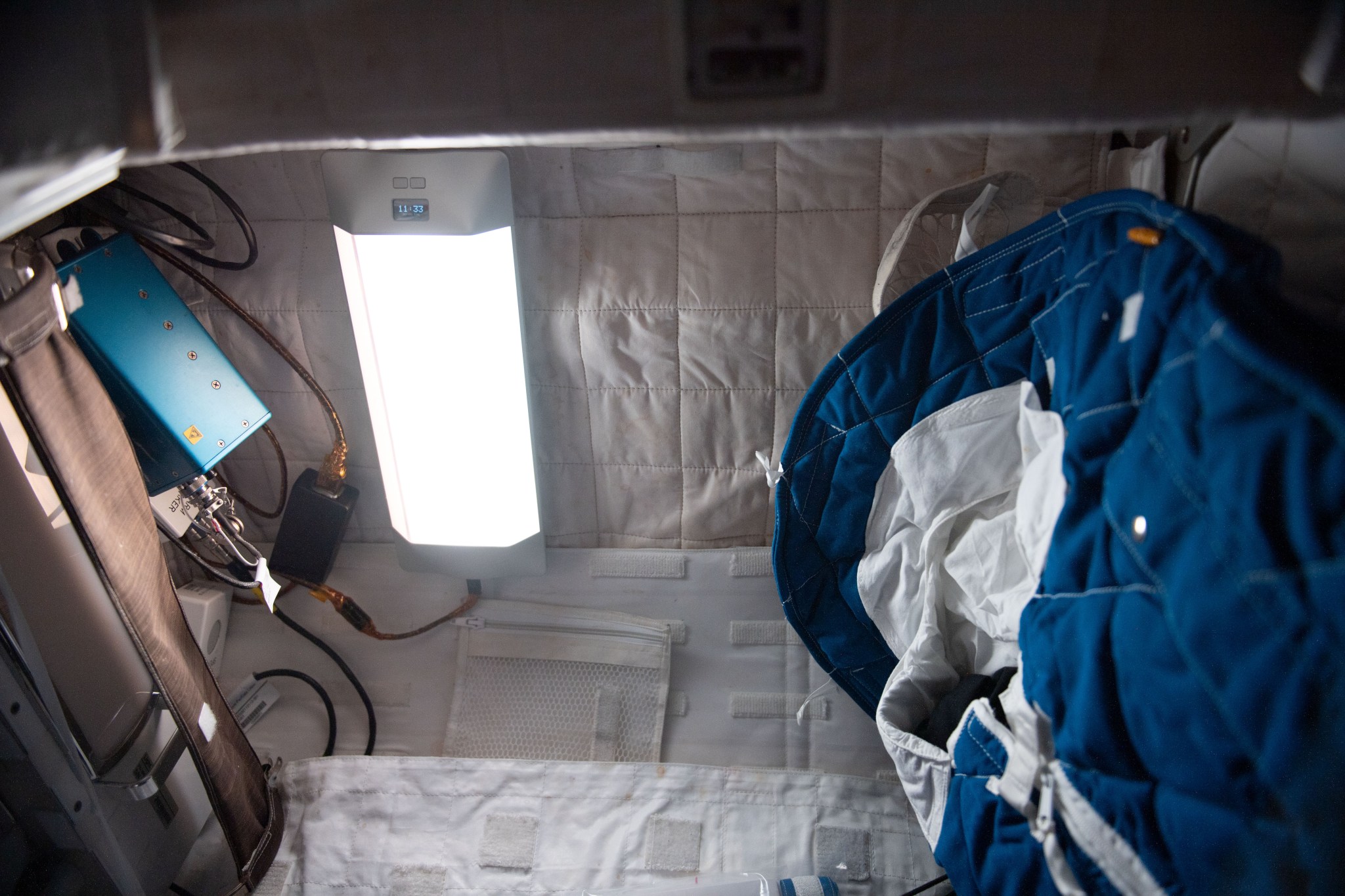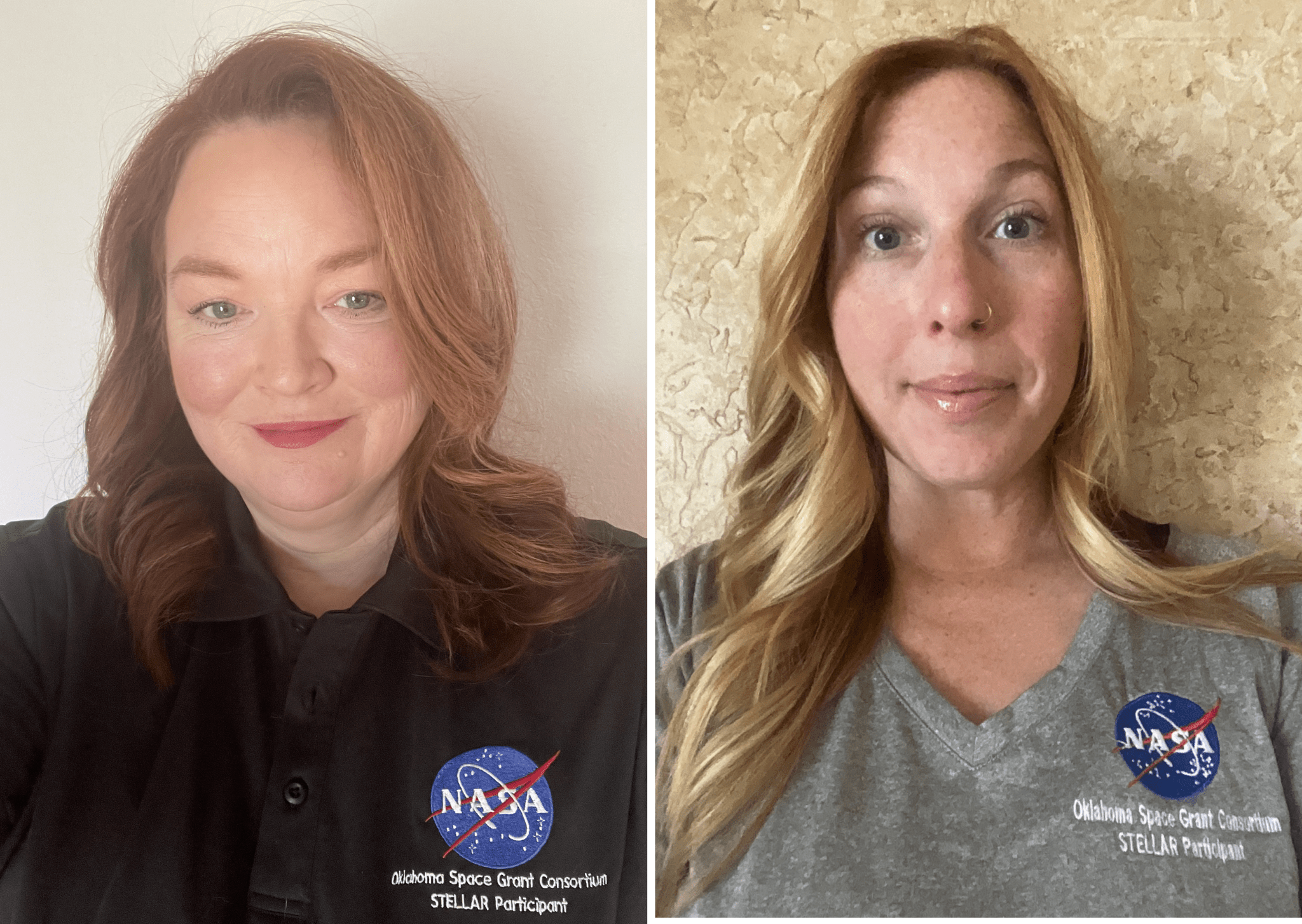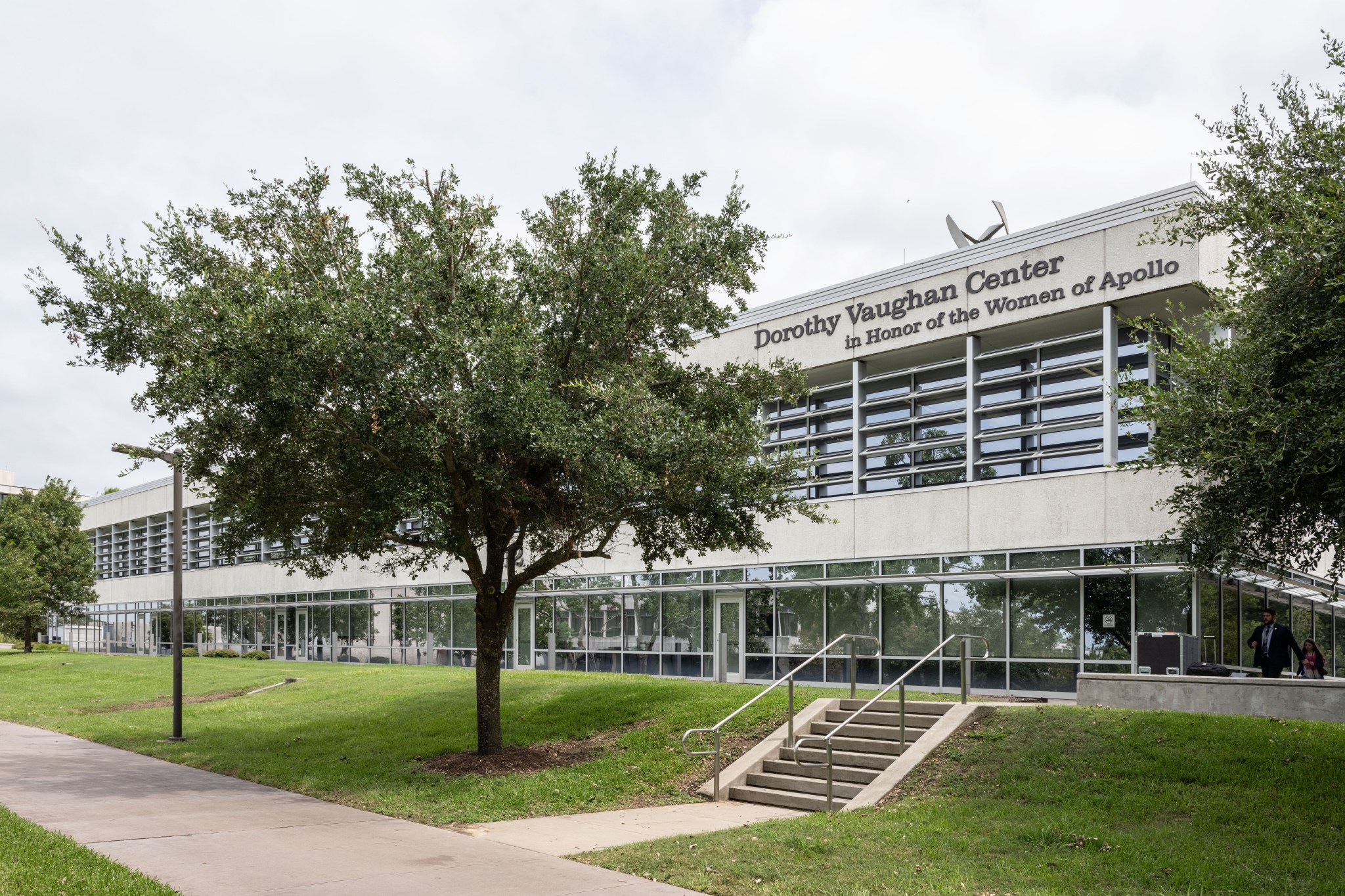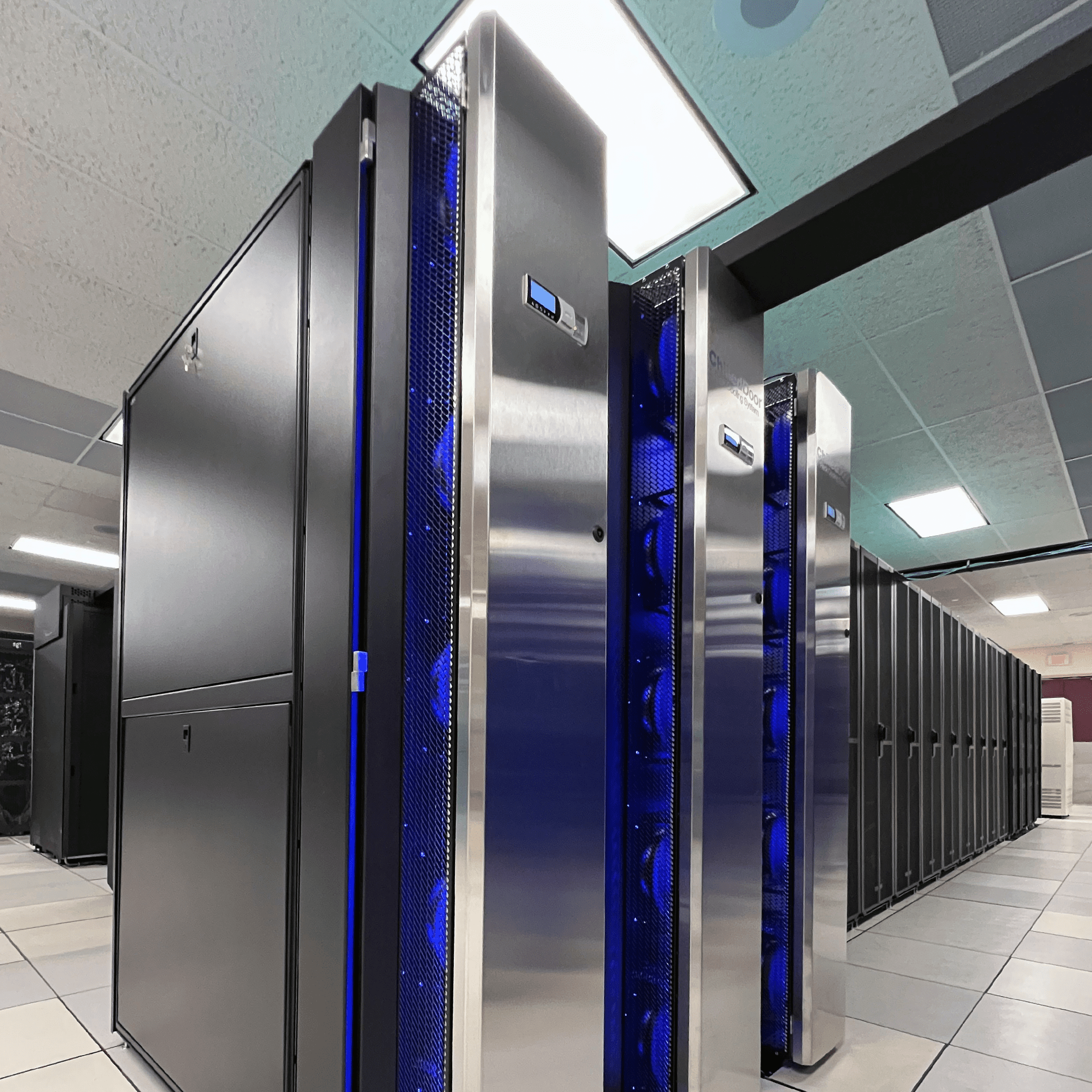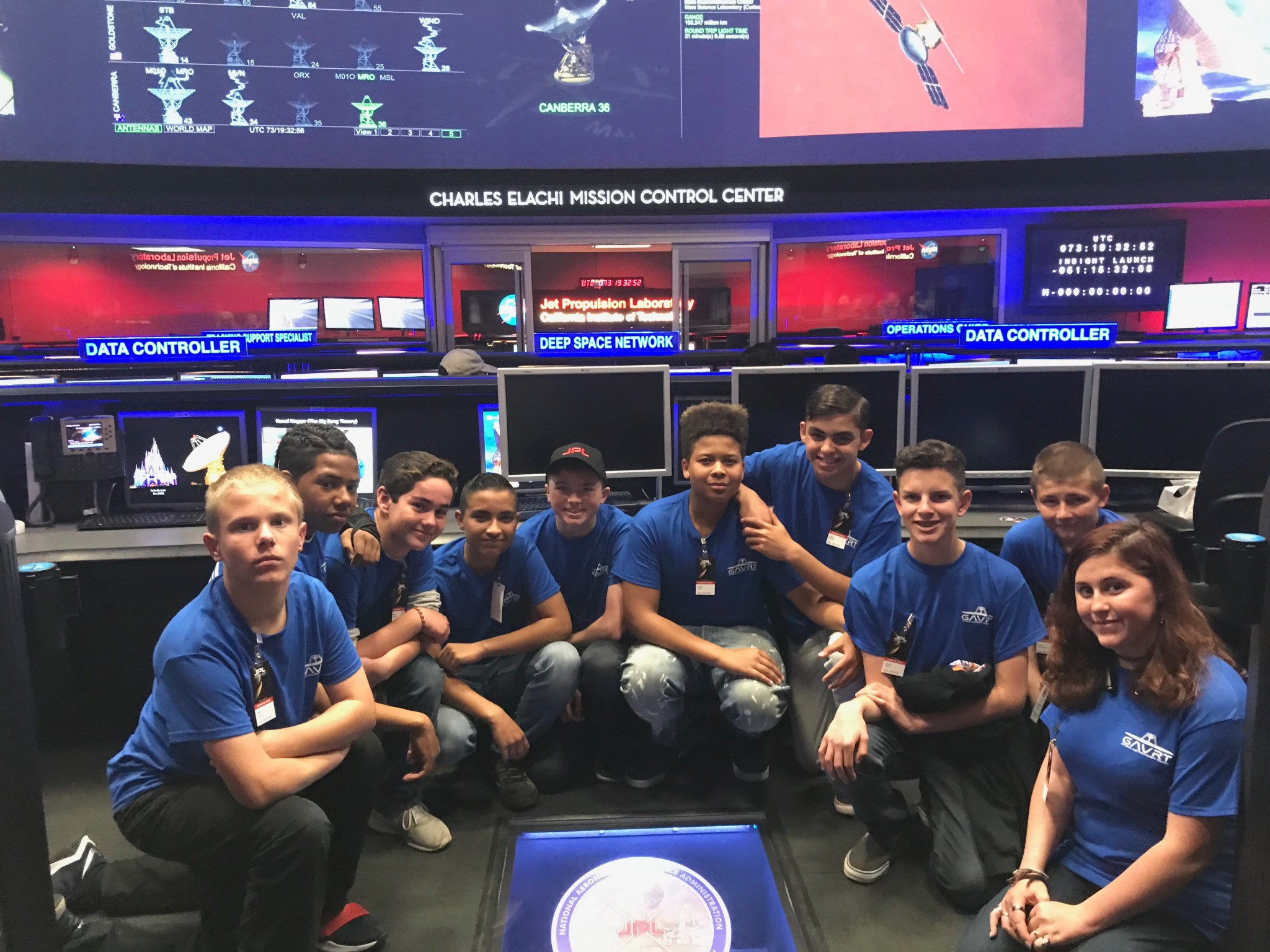2 min read Preparations for Next Moonwalk Simulations Underway (and Underwater) Credit from left to right: Stijn Te Strake/Unsplash, Yamaha Motor Corp USA, Maja Petric/Unsplash, Adele Payman/Unsplash The agriculture industry faces several challenges, including limited resources and growing demands to reduce agriculture’s environmental impact while increasing its climate resilience. NASA Aeronautics is dedicated to expanding its efforts to assist commercial, industry, and government partners in advancing aviation systems that could modernize capabilities in agriculture. In NASA’s 2025 Gateways to Blue Skies Competition: AgAir (Aviation Solutions for Agriculture) collegiate student teams…
Read MoreCategory: General
Anything and everything space
NextSTEP R: Lunar Logistics and Mobility Studies
Artists’ rendering of an imagined lunar architecture. Not intended to represent any elements under consideration by NASA. NASA Solicitation Number: NNH16ZCQ001K-Appendix-R August 16, 2024 – Draft Solicitation Released Solicitation Overview The National Aeronautics and Space Administration (NASA) intends to release a solicitation under the Next Space Technologies for Exploration Partnerships-2 (Next STEP-2) Broad Agency Announcement (BAA) to seek industry-led concept definition and maturation studies that address lunar surface logistics and uncrewed surface mobility capabilities. NASA’s Moon to Mars Architecture defines the elements needed for long-term, human-led scientific discovery in deep…
Read MoreMental Well-Being in Space
4 min read Preparations for Next Moonwalk Simulations Underway (and Underwater) Science in Space: August 2024 Life on the International Space Station is quite different from life on the ground. Crew members experience multiple sunrises and sunsets each day, spend their time in a confined space, have packed schedules, and deal with microgravity. These and other conditions during spaceflight can negatively affect the performance and well-being of crew members. Many studies on the space station work to characterize and understand those effects and others try out new technologies and practices…
Read MoreWhen Teachers Become the Students: Educators Spend Summer Studying STEM Engagement at Johnson
The summer months are usually a time for teachers to take a break from the classroom and enjoy some well-earned rest. But at NASA’s Johnson Space Center in Houston, two experienced educators dedicated their summer vacations to learning how to enrich their students’ science, technology, engineering, and mathematics (STEM) education and inspire them to achieve their dreams. Johnson’s Office of STEM Engagement (OSTEM) welcomed Jerry “Denise” Dunn and Shawnda Folsom as full-time interns for the summer. Both women came to Johnson through the Oklahoma Space Grant Consortium, which not only…
Read MoreNASA Johnson Dedicates Dorothy Vaughan Center to Women of Apollo
On the eve of the 55th anniversary of the Apollo 11 Moon landing, NASA’s Johnson Space Center in Houston commemorated the unsung heroes who helped make humanity’s first steps on the Moon possible. To celebrate their enduring legacy, Johnson named one of its central buildings the “Dorothy Vaughan Center in Honor of the Women of Apollo” on July 19, 2024, during a ceremony recognizing the early pioneers who laid the groundwork for the Artemis Generation. NASA’s Johnson Space Center in Houston named one of its central building the “Dorothy Vaughan…
Read MoreNASA Ames to Host Supercomputing Resources for UC Berkeley Researchers
The Cabeus supercomputer at the NASA Advanced Supercomputing Facility at NASA’s Ames Research Center in California’s Silicon Valley NASA/Michelle Moyer Under a new agreement, NASA will host supercomputing resources for the University of California, Berkeley, at the agency’s Ames Research Center in California’s Silicon Valley. The agreement is part of an expanding partnership between Ames and UC Berkeley and will support the development of novel computing algorithms and software for a wide variety of scientific and technology areas. Per the three-year Reimbursable Space Act Agreement, the UC Berkeley supercomputer and…
Read MoreNASA Public Engagement Specialist Loves to Inspire Kids with STEM
Jonas Dino speaks to students at the Cezar Chavez Middle School in Union City, California, as part of a NASA-sponsored traveling space museum tour of Bay Area schools. Careers at NASA were not on his radar growing up. But Jonas Dino, public engagement specialist at NASA’s Ames Research Center in California’s Silicon Valley, ended up with his perfect job that involves connecting people with NASA. One of the best parts of his job is to learn first-hand about NASA’s cutting-edge research and translate these concepts to the next generation. “I’m…
Read MoreOverview for NASA’s Northrop Grumman 21st Commercial Resupply Mission
NASA’s Northrop Grumman 21st commercial resupply mission will launch on a SpaceX Falcon 9 rocket to deliver research and supplies to the International Space Station. NASA NASA’s Northrop Grumman 21st commercial resupply mission will launch from Space Launch Complex 40 at Cape Canaveral Space Force Station in Florida. NASA NASA, Northrop Grumman, and SpaceX are targeting no earlier than 11:28 a.m. EDT on Saturday, Aug. 3, for the next launch to deliver scientific investigations, supplies, and equipment to the International Space Station. Filled with more than 8,200 pounds of supplies,…
Read MoreAmes Science Directorate’s Stars of the Month, July 2024
The NASA Ames Science Directorate recognizes the outstanding contributions of (pictured left to right) Ryan T. Scott, Mike Kubo, Ehsan (Sam) Gharib-Nezhad, and Kristen Okorn. Their commitment to the NASA mission represents the talent, camaraderie, and vision needed to explore this world and beyond. Space Biosciences Star: Ryan T. Scott Ryan Scott, a Space Biosciences Research Branch (SCR) scientist, serves as the Science Lead for the Open Science Data Repository (OSDR) and chairs the Ames Life Sciences Data Archive (ALSDA) analysis working group, where he guides the efforts of nearly…
Read MoreVisit with NASA SCaN
1 min read Preparations for Next Moonwalk Simulations Underway (and Underwater) GAVRT students visiting JPL’s Charles Elachi Mission Control Center NASA Interested in having a NASA SCaN expert speak to your class or group? The SCaN program is accepting requests for visits (both virtual and in-person) during the coming calendar year. Request a virtual visit below. Request a visit with the SCaN team at: NASA Glenn NASA Goddard NASA’s Jet Propulsion Laboratory Social Media Stay connected with our program on social media. Facebook logo @NASASCaN @NASASCaN Linkedin logo @NASA Share…
Read More